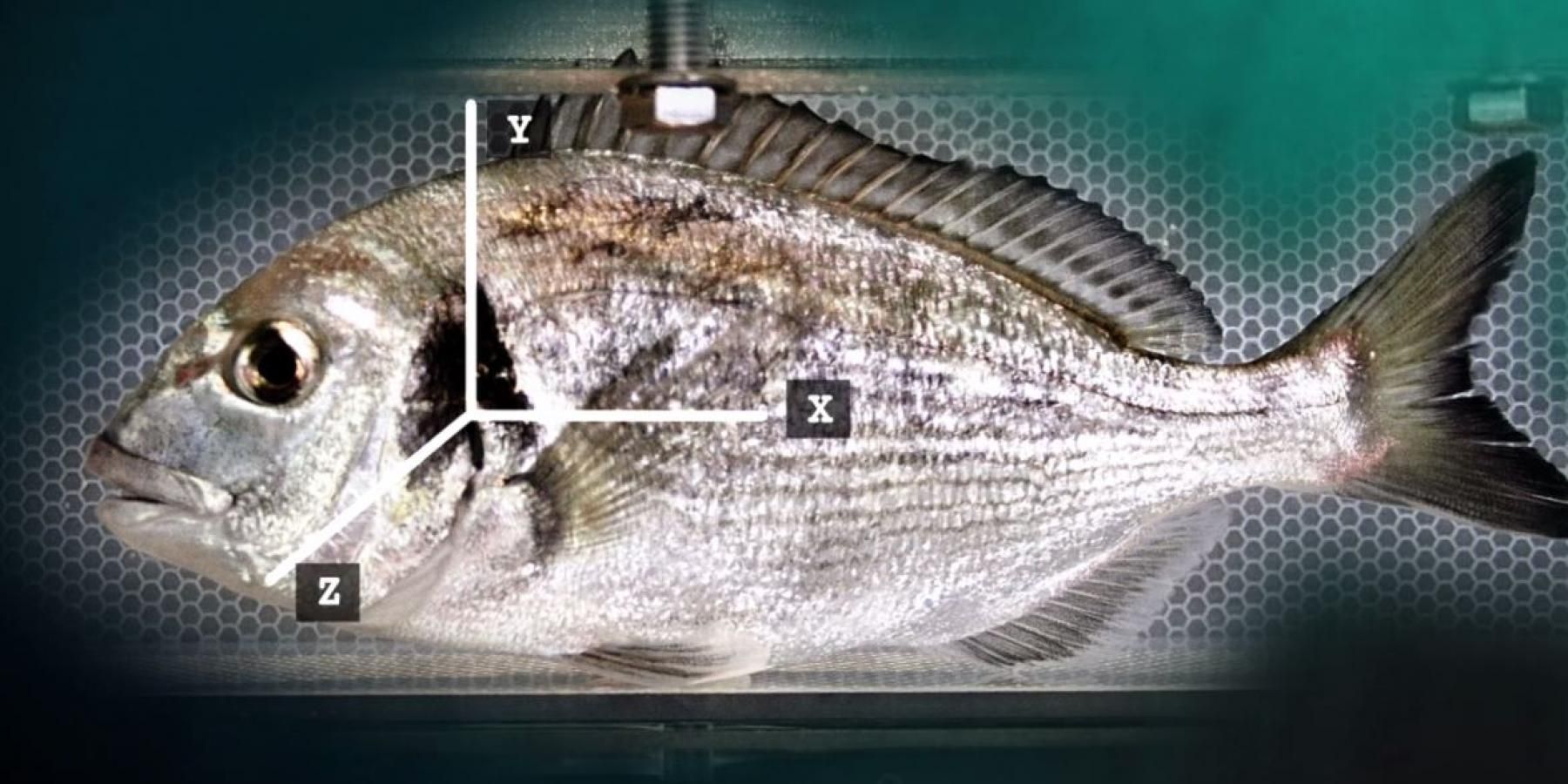Alert system to improve the production of farmed fish
Researchers from the Instituto de Acuicultura Torre de la Sal (IATS-CSIC), the Institute of Microelectronics of Barcelona (IMB-CNM) and the Universidad de Las Palmas de Gran Canaria have developed an intelligent system “AE-FishBIT” for monitoring the behaviour of breeding fishes. The device makes it possible to know the degree of well-being of farmed fish to improve the production.

Researchers from the Instituto de Acuicultura Torre de la Sal (IATS-CSIC), the Instituto de Microelectrónica de Barcelona (IMB-CNM-CSIC) and the Universidad de Las Palmas de Gran Canaria have developed an intelligent system “AE-FishBIT” for monitoring the behaviour of breeding fishes. The device makes possible to know the state of the animal’s well-being in farm fish to improve the production.
The system is innovative and barely invasive due to its size, which allows it to be implanted in the operculum of fish lighter than 100 grams. Placing the device in this bone structure, which covers the gill, is useful to measure simultaneously respiration rate and acceleration rates of fish when they are moving. This gives information about the levels of stress and metabolic status, which directly affects growth, the quality of the final product and the economic performance of production.
"The module is reusable and it can be adapted for monitoring a broad spectrum of farm fishes"
Compared to other conventional stress markers, handling the animal is not required in order to collect samples. This minimises the impact of the animal’s manipulation on the measured parameters.
This innovative system can help aquiculture to optimise production by making it more efficient and sustainable. The module is reusable and low cost, and it can be adapted for monitoring a broad spectrum of farm fishes.
The design and validation of the implant have been carried out within the European initiative AQUAEXCEL2020. The project, named "WP8: Implanted biosensors for remote fish monitoring", has been led by Jaume Pérez Sánchez, scientist of the IATS-CSIC.
Nowadays, more than half of the pisciculture production comes from aquiculture, according to FAO figures (Food and Agriculture Organisation of the United Nations). In Spain, depending on the species, the aquiculture is approximately 90% of the total production compared to traditional capture.Compared to other conventional stress markers, handling the animal is not required in order to sample collections. This minimises the impact of the animal’s manipulation on the measured parameters.





